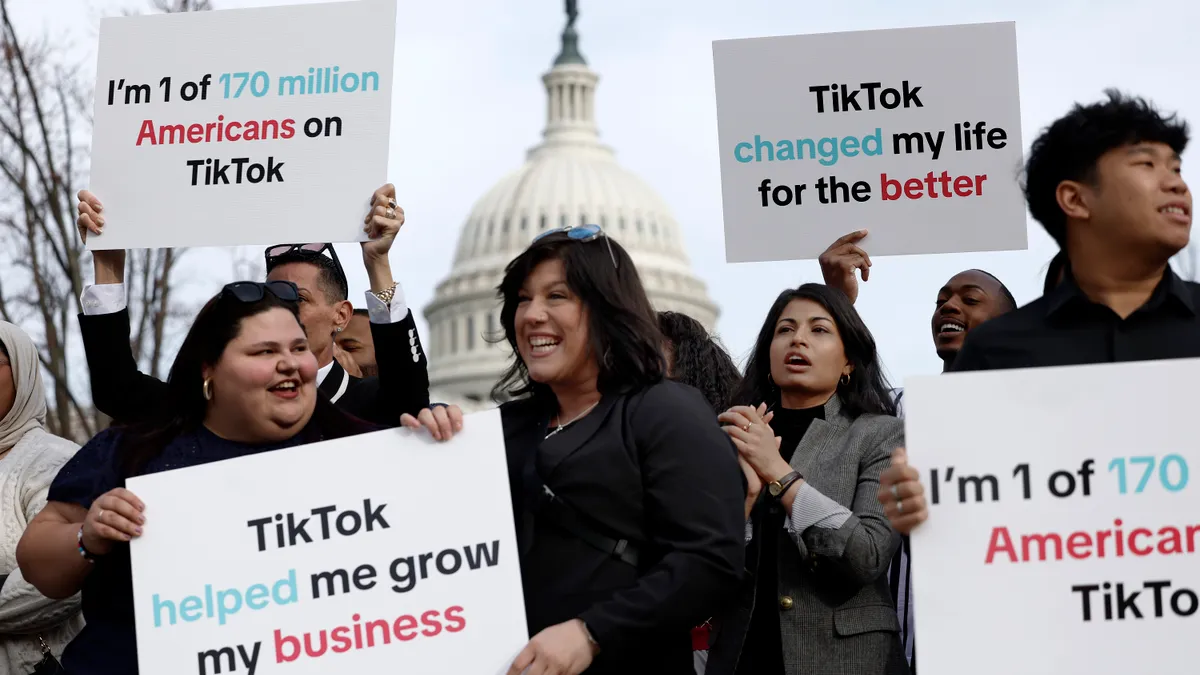Dive Brief:
- Coca-Cola is debuting a new "one brand" approach and global marketing campaign meant to unite its Coke trademark brands under the new tagline "Taste the Feeling."
- The major strategy overhaul comes as Coca-Cola also looks to drive revenue growth rather than volume growth, which has slowed or even dropped in recent quarters, particularly Diet Coke.
- "Taste the Feeling," which will roll out internationally throughout 2016, replaces Coca-Cola's "Open Happiness" campaign, which has run since 2009 and "failed to hammer home more simple pleasures, like enjoying an ice-cold Coke on a hot day," Ad Age reported from its interview with Coca-Cola CMO Marcos de Quinto.
Dive Insight:
de Quinto told Ad Age Coca-Cola now wants to focus on the "humbleness" and "simplicity" of the product rather than the overall brand.
The new "Taste the Feeling" campaign includes 10 TV ads in addition to other marketing in digital, print, out-of-home, and shopper formats. Instead of separate marketing for Diet Coke, Coke Zero, and Coca-Cola Life, all brands will be united under one voice and messaging strategy. These brands will now be deemed "variants" of the united Coke product line rather than separate brands.
However, in the U.S., the new campaign rollout will happen more slowly over time than other markets, as Diet Coke and Coke Zero will continue to have separate campaigns for now. Still, the overall "Taste the Feeling" campaign will be visible immediately, likely including Coke's Super Bowl ad, Ad Age predicts.
The company is promoting mini-cans and mini-bottles as a way to attract consumers who have left soda behind for other drinks they feel are healthier. In addition to smaller portion sizes delivering less sugar per serving, which has been a concern raised by the WHO, FDA, and 2015 Dietary Guidelines in the past year, mini-cans are also more profitable on a per-unit basis.
Other notable Coca-Cola marketing strategies that are likely to be impacted by the new campaign are the company's efforts to capitalize on Snapchat's popularity and to replace its corporate website with Journey, which the company described as a "global media and content hub."









